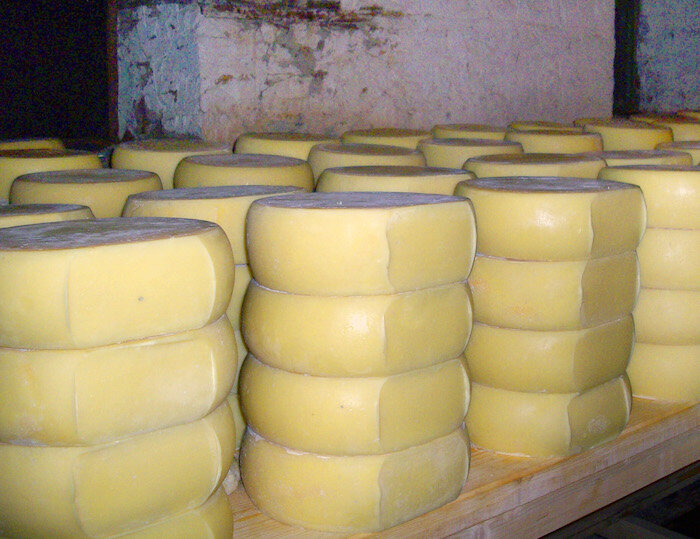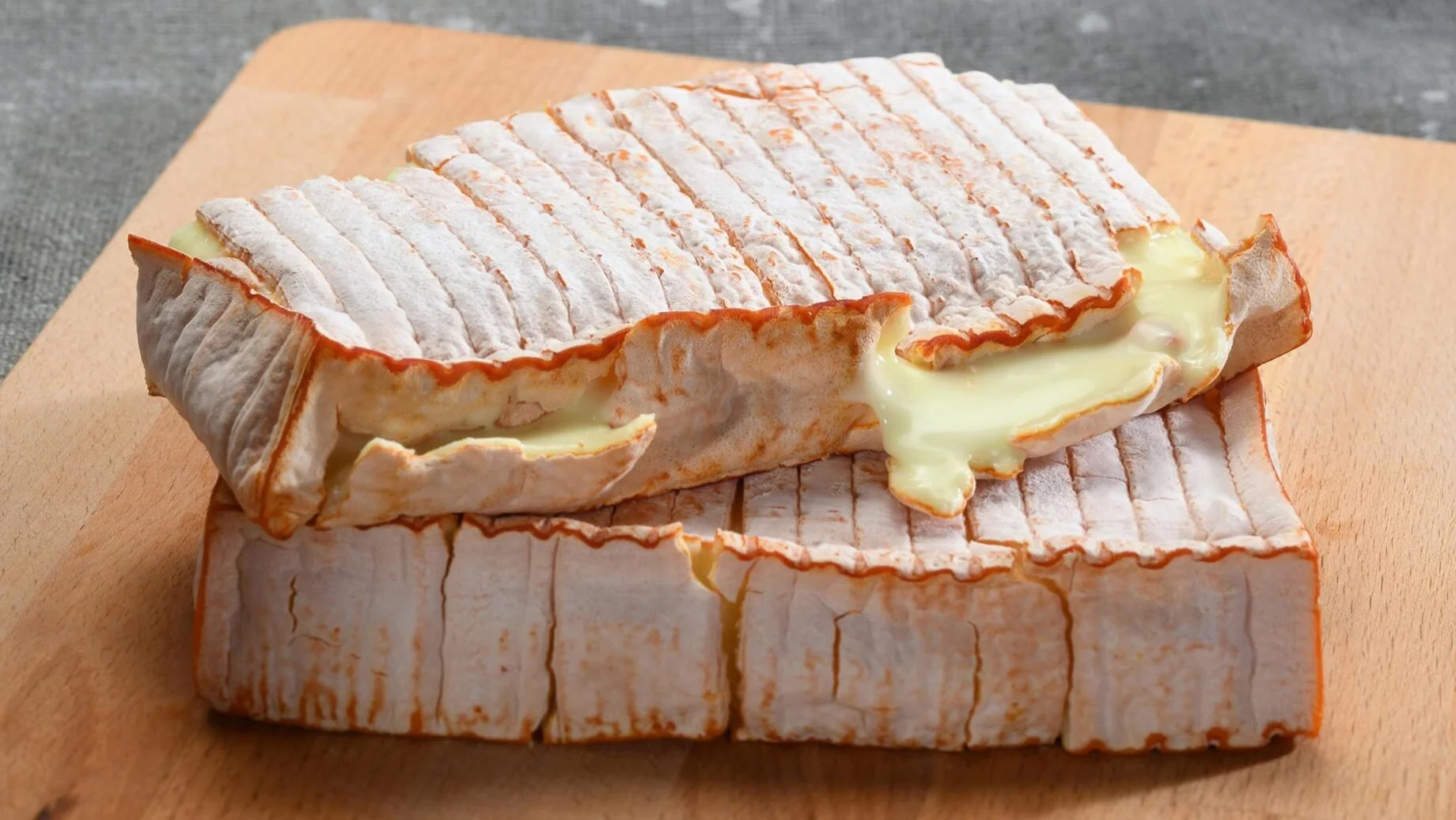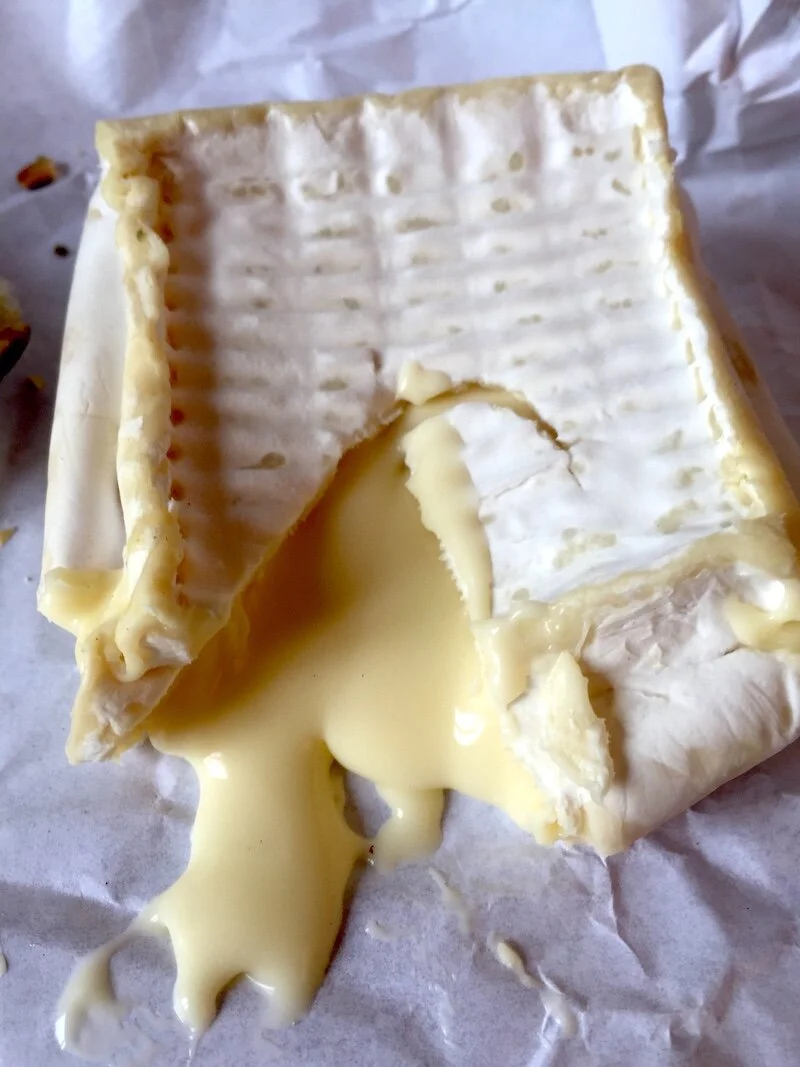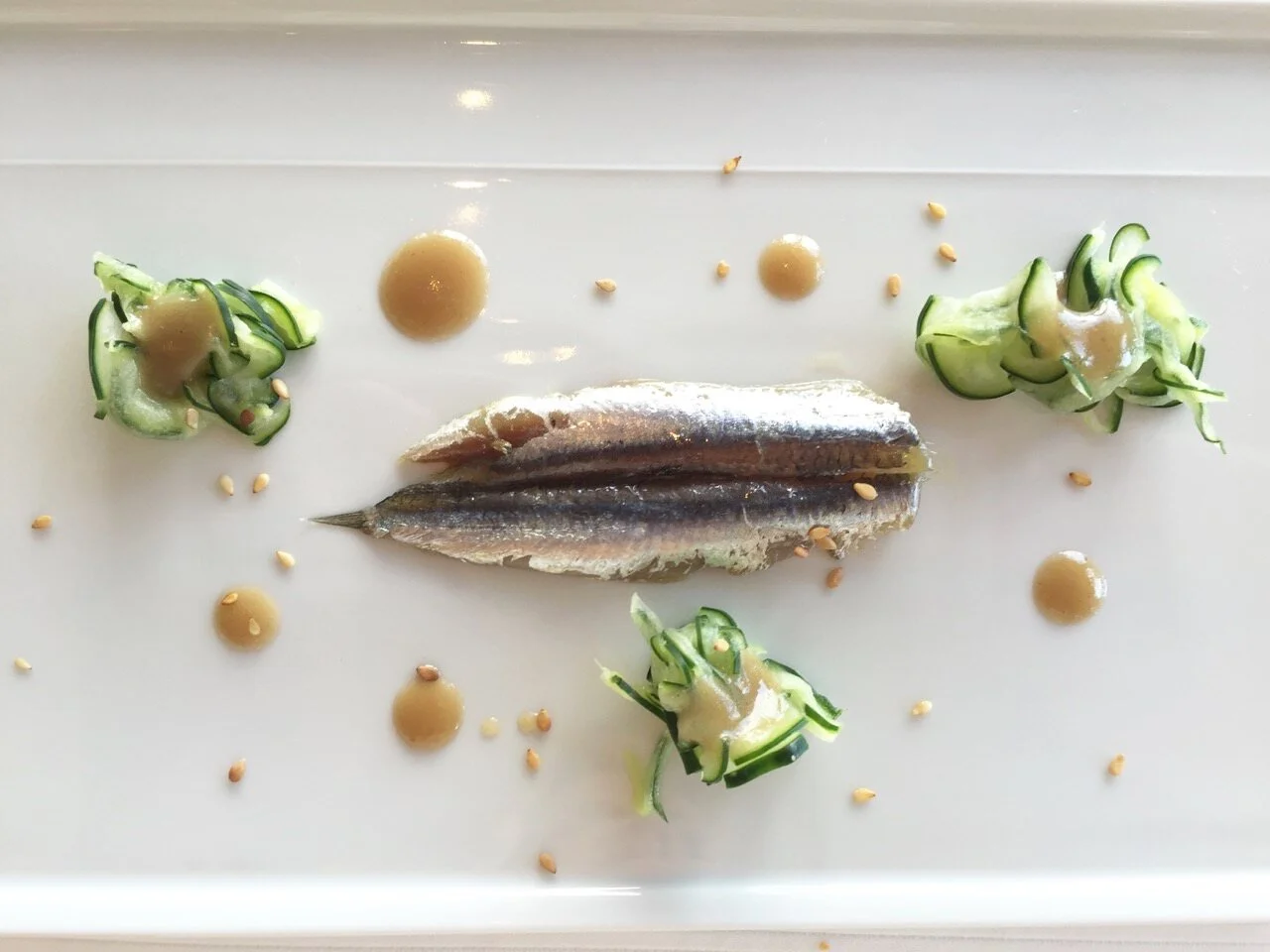Photo: BulgarianFood.eu
World Cheese Encyclopedia - Each Sunday learn all about a new cheese.
This week Kashkaval from Eastern Europe.
Photo: Creative Commons
Country: Bulgaria 🇧🇬, Romania 🇷🇴, Serbia 🇷🇸
Region: Eastern Europe
Made from: Cow’s and/or sheep’s milk
Pasteurised: No
Texture: Semi-hard
Taste: Salty, spicy, hint of olive oil
Certification: PDO in Romania
Ageing: 6 months
Kashkaval is a semi-hard yellow cheese made of cow’s milk, sheep’s, or both and can be found across many countries in Eastern Europe and the Mediterranean. The name is similar in Romanian, Bulgarian, Macedonian, Serbian, Albanian, Russian, Turkish and Arabic. In Romania, it is called cascaval, in Greek kasseri and in Turkish ksara. It is also found in Hungary, Croatia and Slovenia. In the countries in the region, the term Kashkaval is often used to refer to all yellow cheeses.
Often called the « cheddar cheese of the Balkans », its taste is similar to UK cheddar. Kashkaval’s production is unique in that the curds are given a hot bath during the production process. The cheese is aged for six months. Once mature it is semi-hard in texture with a light yellow paste. The flavor is spicy, salty, piquant and can have a hint of olive oil.
Photo: Creative Commons
Where you will find it
Albania
In Albania, kaçkavall is considered a traditional Albanian cheese, and is produced using cow’s or sheep's milk. It is widely used as a side dish. Many traditional restaurants will bring plates of raw or fried kaçkavall as an appetizer before the main dishes are served.
Bulgaria
In Bulgaria, kashkaval that is made from cow's milk is known as kashkaval vitosha, the variation made from ewe's milk is called kashkaval balkan and when made from a mixture of both kinds of milk it is called kashkaval preslav. In Bulgaria, it is considered a traditional food and is used in pastries – such as the kaskavalka – and in snacks. It is commonly used on pizza and in the Bulgarian snack called “princess” which is grilled bread with kashkaval and sometimes ground pork meat on top.
Romania and Moldova
In Romania and Moldova, cașcaval is used to refer to a number of cheeses made of sheep's or cow's milk. Dobrogea is made from sheep's milk, Penteleu is made from a mix of sheep's and cow's milk), and Dalia and Rucăr are both made solely from cow's milk. Many Romanian dishes are made with the cheese, like caşcaval pane (breaded fried cheese) or mămăligă cu brânză (polenta with cheese).
Photo: Creative Commons
Photo: wineanorak.com
Serbia
Kačkavalj is one of the six traditional cheeses of Serbia. In Serbia, it is officially made from sheep’s milk and is a protected brand of the city of Pirot. The story goes that it was brought to Pirot in the 1810s by Dalmatian or Italian cheesemakers who settled there when it was still a part of the Ottoman Empire. Other cheeses, made from a mix of cow and sheep milk, can be found with the name kačkavalj but they cannot be called pirotski (of Pirot).
Kashkaval cheese is found across the Eastern European region and is also popular in Israel, Russia and the Levant (Syria, Palestine, and Lebanon)
History
The name kashkaval probably comes from the Italian word caciocavallo. Caciocavallo comes from the Latin word caseus (cheese) and may also come from the word caballus (meaning horse). According to this theory, the word cavallo (horse) is part of the name because of a tradition of drying the cheese by hanging two gourd shaped balls of caciocavallo over a wooden pole as if they were placed on a horse's back.
How to enjoy it
Kashkaval is a very versatile cheese. Due to its semi-hard texture it can be eaten alone as part of a cheese platter or can be grilled and grated. It is excellent used on pizza, in pasta dishes or in pastries. It pairs well with a Chardonnay or Sauvignon Blanc or you can also enjoy it with a local red wine of the region such as a Bulgarian Borovitza.
Sources: Wikipedia, Cheese.com, Bulgarianfood.eu, Bulgarianwinetours.com, wineanorak.com
Have you always dreamed of becoming a better cook? Now you can with our online video cooking classes
































